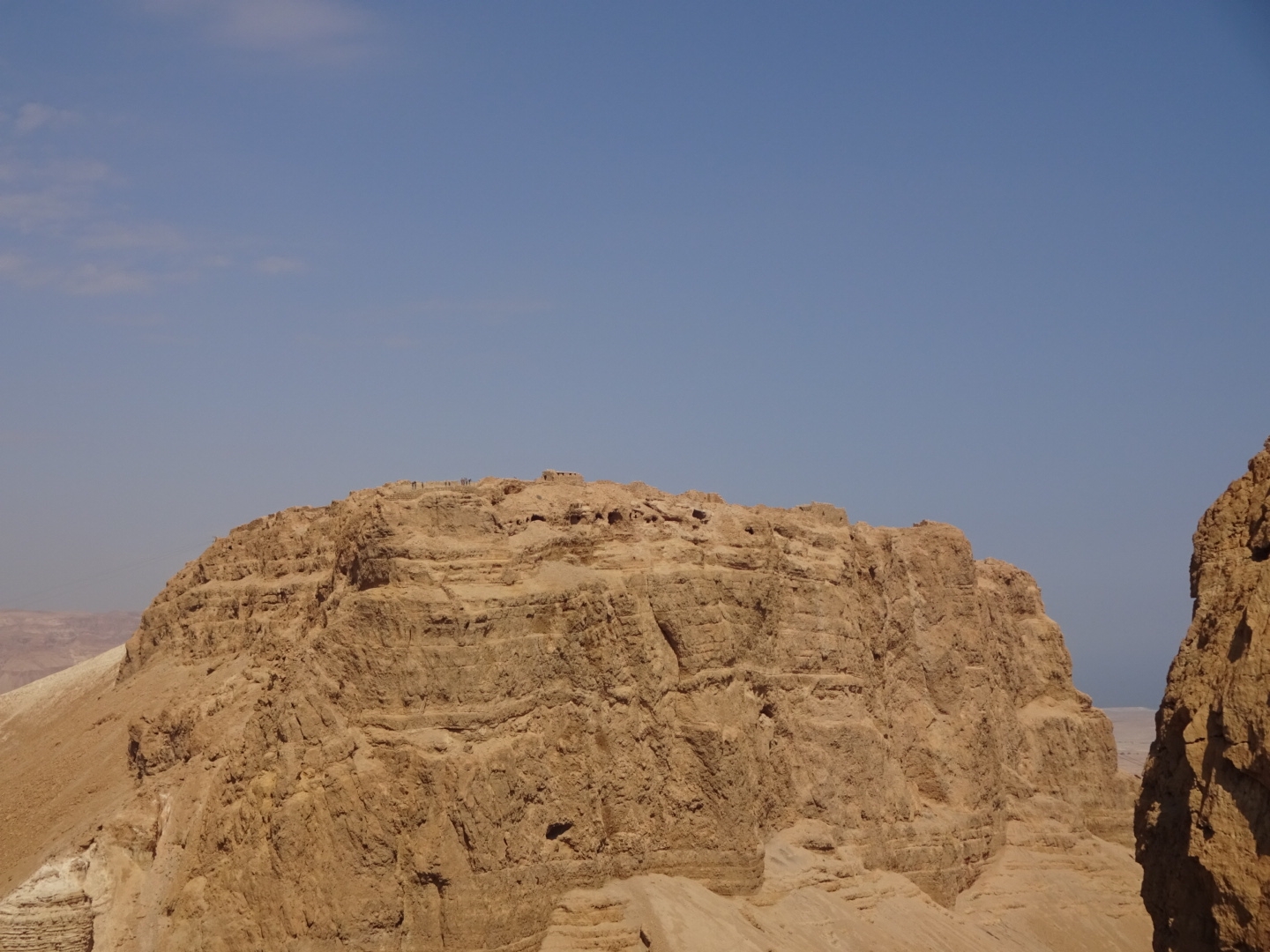I woke sometime last night with a caterpillar or some other grub on my face, which I rapidly threw out of the tent, and a large spider on my sleeping bag. Insects in the tent have become a problem now the zip on my inner tent is broken.
My morning began with a walk over some hills on rough ground with large bushes disturbing several unsuspecting cows. In the forest that followed there was an observation platform but the weather was dull and overcast so not too good a view. I was intrigued by the name of the next section of woods which, for reasons not explained by the signs, was called the British or Britanya park. Numerous holes in the ground, covered with metal bars or surrounded by fences dotted today's trip, I took them to be sinkholes, a feature of the limestone rock. Crossing a broad, flat bottomed valley there were a few fields and a large orchard glorious in pink and white blossom, petals blowing across my path in the wind. A few cars had stopped to admire it and take selfies with the blossom as a backdrop.
My morning began with a walk over some hills on rough ground with large bushes disturbing several unsuspecting cows. In the forest that followed there was an observation platform but the weather was dull and overcast so not too good a view. I was intrigued by the name of the next section of woods which, for reasons not explained by the signs, was called the British or Britanya park. Numerous holes in the ground, covered with metal bars or surrounded by fences dotted today's trip, I took them to be sinkholes, a feature of the limestone rock. Crossing a broad, flat bottomed valley there were a few fields and a large orchard glorious in pink and white blossom, petals blowing across my path in the wind. A few cars had stopped to admire it and take selfies with the blossom as a backdrop.
A large group of cars had gathered at the bottom of a hill called Tel Socoh, causing a great deal of chaos in the small area as cars trying to come in were preventing cars trying to leave. There were a couple of stalls, one selling juice, freshly squeezed from either oranges or pomegranates, and the other selling a sort of tortilla or chipati covered with different things. I asked for one like the previous customer which involved covering the tortilla with sour cream, chopped onions and tomatoes and various condiments. It was then heated on the metal covering of a sort of enclosed brazier. Very enjoyable to eat with an orange juice. Tel Socoh is a hill with some ancient ruins on top (ancient ruins seem pretty common around here). Lots of people were climbing it - young, old, children and dogs (mostly on leads). Some had laid out a blanket for a picnic, others were photographing the flowers, which included lupins, the first I have seen in Israel.
There followed many kilometres over scrubland and through woods along what a sign described as a green corridor. Excellent for wildlife, although I gained the impression from the terracing, building remains, olive trees and old orchards that this was an area once farmed by Arabs who had been moved out. Possibly some of those who tried to prevent convoys of food (and no doubt more lethal supplies) reaching the Jews trapped in Jerusalem during the 1948 war.
As darkness approached I pitched my tent in some woods near the village of Bar Giora, trying to damage as few of the pale pink cyclamens as possible.
















































